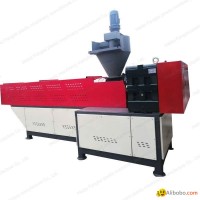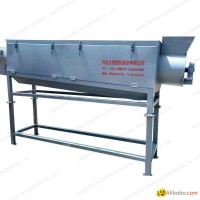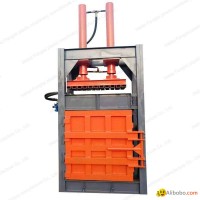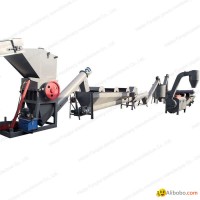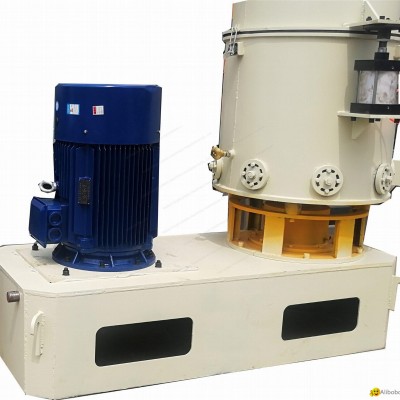
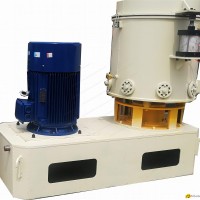
https://www.fangtaiplasticmachine.com/products/plastic-agglomerator-065782.html
Plastic Agglomerator Machine
A plastic agglomerator machine, also known as a plastic densifier or plastic compactor, is a piece of equipment used in the plastic recycling industry. Its primary function is to convert plastic waste, such as film, fibers, or shredded plastic, into densified agglomerates or pellets. The process involves heating and melting the plastic waste, followed by mechanical compaction to form larger, more manageable agglomerates.
Here's a breakdown of the plastic agglomerator machine and its functioning:
Feeding: The plastic waste material, in the form of film, flakes, or fibers, is fed into the agglomerator machine. The material is typically pre-shredded or pre-cut into smaller pieces to facilitate processing.
Heating and Melting: Inside the agglomerator machine, the plastic waste is subjected to heat. Heating elements or steam jackets raise the temperature of the material, causing it to melt and become viscous. The melting process helps to soften the plastic, allowing for easier compaction.
Compaction and Agglomeration: once the plastic waste is molten, mechanical agitating blades or paddles are used to agitate the material. These blades rotate or move back and forth, causing the molten plastic to collide and mix. This action promotes the agglomeration of the plastic particles, forming larger and denser agglomerates.
Cooling and Solidification: After the desired agglomeration is achieved, the molten plastic is cooled down to solidify the agglomerates. Cooling can be achieved through air cooling or the addition of cooling water or cooling media. The solidified agglomerates can be in the form of densified pellets or agglomerated masses, depending on the specific machine design and settings.
Click here to get more.
